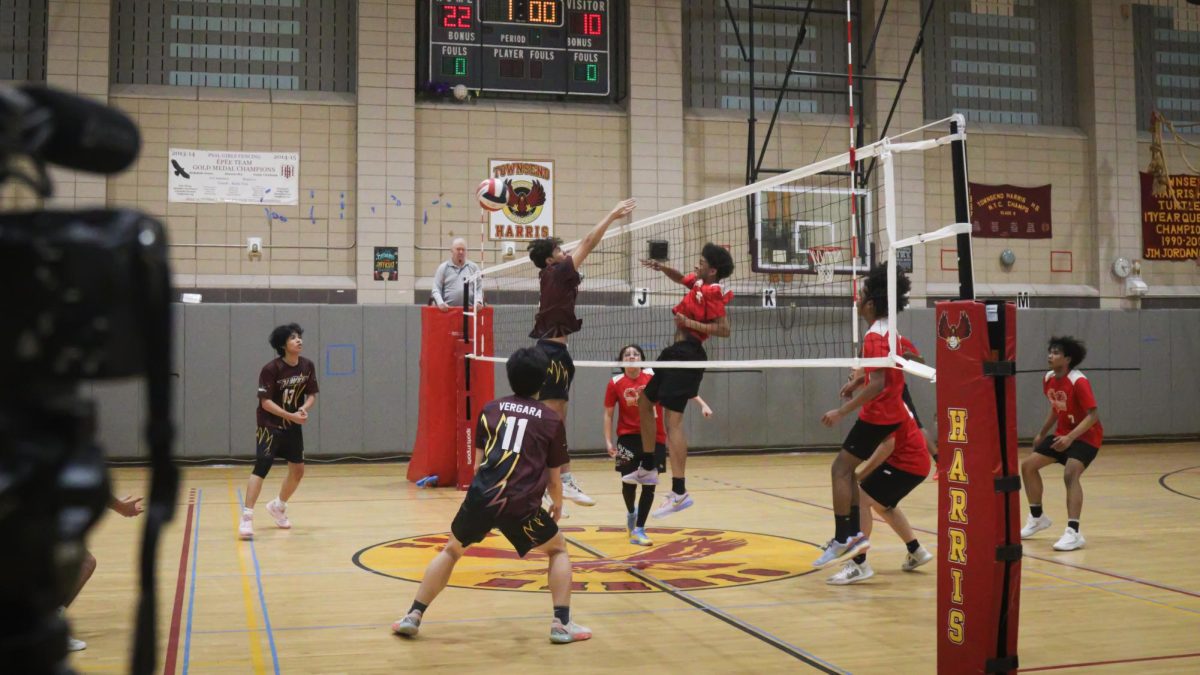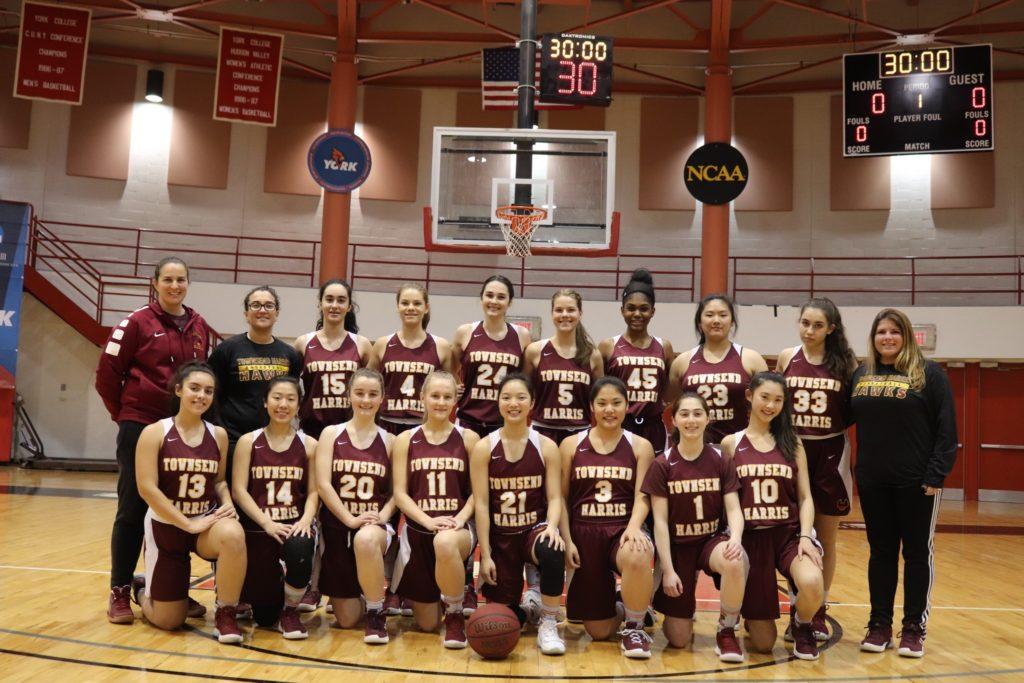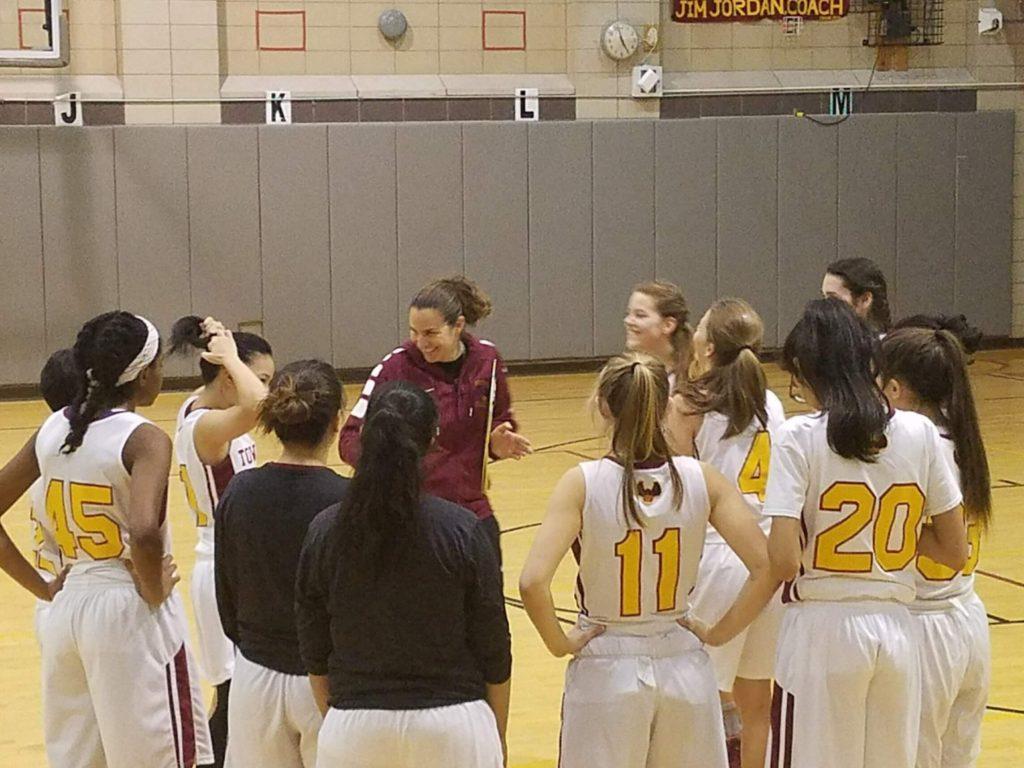
If you’ve ever seen your parents get credit card bills at the end of the month, then you’ve had a taste of the hassle of financial transactions.
On a larger scale, money is handled by creating budgets and then redistributing money within those budgets. That is what the Public School Athletic League (PSAL) does: it gives money to a school’s athletic program, and then schools distribute that money to each of their teams.
Founded in 1903, the PSAL is the largest working high school athletic league in the nation. The PSAL, funded by the New York City Department of Education, serves around 2,400 competitive sports teams on both the varsity and junior varsity level. With so many teams operating in the city, it begs the question of how the PSAL has the resources to finance each team.
In truth, the PSAL does not really finance much. The small amount of money the PSAL gives to each school is dwarfed by the actual cost of running an athletic program. For larger schools like Benjamin N. Cardozo with more teams, the PSAL gives $4,400, but to smaller schools like the Young Women’s Leadership School with fewer teams, the PSAL only gives $700.
Townsend Harris receives $1,840 from the PSAL to operate 28 sports teams: 12 boys teams and 16 girls teams. Athletic Director Keith Hanson and Assistant Principal of Organization Ellen Fee are then in charge of budgeting that money and fundraising additional money to offset the costs not covered by PSAL.
Ms. Fee stated, “There’s no way we could ever run our athletic program with roughly $1,800.”
Although Ms. Fee and Mr. Hanson do not have to pay coaches or official league game referees, which the PSAL covers, they cover the cost of non-league games, van expenses, and equipment. Here is where budgeting and different bank accounts come into play.
The PSAL requires schools to put the money given to them for athletics into a GALAXY account. Unlike most bank accounts, Ms. Fee needs permission to use the money in that account. Due to its restrictive nature, the GALAXY account is used solely to pay for non-league referees.
Aside from the GALAXY account, the school also has one student bank account which holds school-raised money for all athletic-related functions. This account uses the Quicken Program to keep track of the money. Within this account, there are three subcategories: athletic uniforms, vending machines, and teams. As the name suggests, the purpose of the athletic uniform subcategory is to keep track of the expenses for all of the teams’ uniforms. Money from this account was used to buy softball uniforms last year and girls varsity basketball uniforms this year that the school will keep. The vending machine subcategory tracks the amount made from the vending machines. The vending machine made a profit of $7,842 in 2013 and $8,173 in 2012, all of which goes to athletics. That money then goes to paying for van expenses: tolls, gas, and repair. The last subcategory of the bank account, teams, is further divided. Here, every team gets its own account for all its fundraising money.
Some teams may feel that their fundraising efforts are for naught, considering that all the teams’ money is held in one bank account. While there may be some validity in the complaint that some teams receive money without any fundraising, it is also true that the division of the team account into separate teams allows the teams that fundraise to keep their money. Under this system, each subcategory is a separate entity from the other, but are all under one master account. This way it is possible for one subcategory to go into negative numbers because it has the money of the bank account as a whole to prevent it from going bankrupt.
For example, currently the girls track team is in the red after attending an invitational tournament and buying uniforms without having money for either. In order to cover those expenses, money from the student bank account was used. The track team must fundraise money to balance its account in order to compensate for using money that isn’t theirs. This bank account system is more flexible than the GALAXY account, allowing money to flow between teams.
Each spring, the PTA donates $4,000 to athletics, which Ms. Fee and Mr. Hanson are responsible for distributing to the different teams in the school. The amount of money received by each team is based on the level of need, whether or not they fundraise (with teams that fundraise being rewarded with more money), and success of the team. This redistribution of money runs on a system of checks and balances between Ms. Fee and Mr. Hanson.
Ms. Fee concluded, “We are fortunate to have the PTA’s support as well as money from the vending machine and fundraising to make our athletic program successful. The budget is complicated, but we strive to make it fair… I’m open to hear if a team feels slighted, but I believe that there’s enough checks and balances with the different people involved.”





































